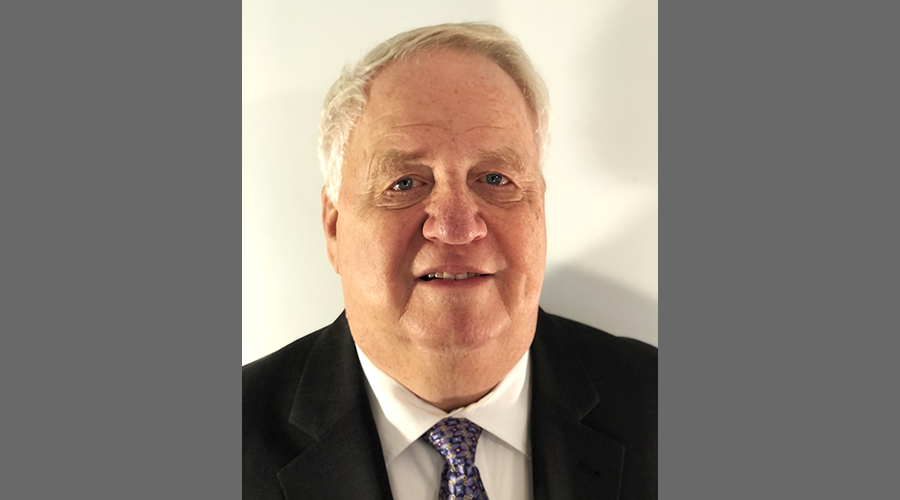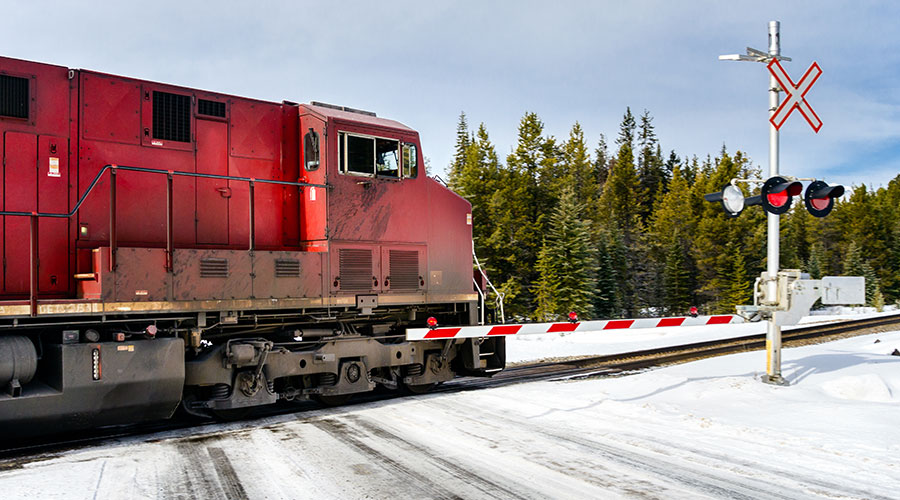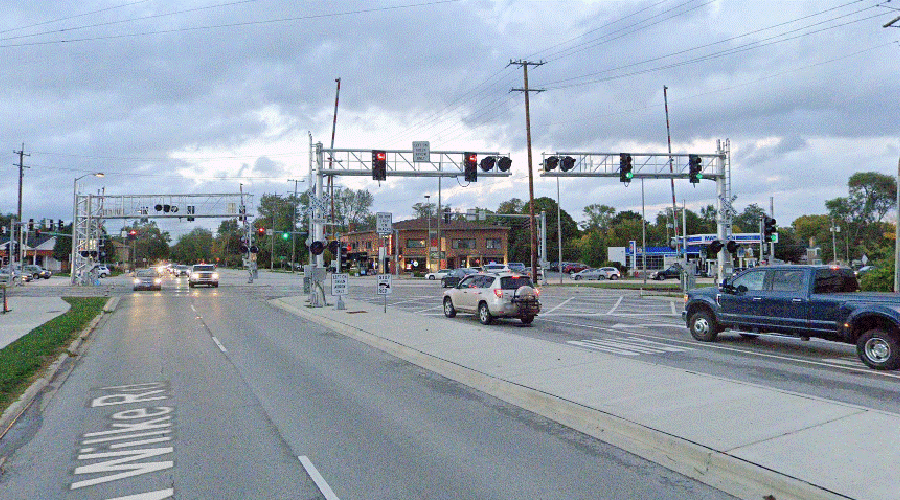Stay updated on news, articles and information for the rail industry
March 2015
Rail News: Safety
Metro-North train, SUV collision prompts federal calls for grade-crossing safety improvement
— by Julie Sneider, senior associate editor
The National Transportation Safety Board (NTSB) last month launched its latest investigation involving MTA Metro-North Railroad following the deadly crash Feb. 3 between a Metro-North train and an SUV that had stopped on the tracks at a grade crossing in Valhalla, N.Y.
The incident — which resulted in an explosion and fire, and pushed the third rail into the front passenger car — left five passengers and the SUV driver dead. It was the worst accident in Metro-North's history. Although the NTSB's investigation is continuing, the board has learned that the crossing signals and warning systems were working properly, and that the train was traveling below the speed limit. The engineer activated the emergency brake and sounded the horn before the train hit the SUV, according to the NTSB's preliminary report, issued Feb. 23.
The collision spurred federal lawmakers to call for crossing safety improvements. A day after the accident, U.S. Rep. Sean Maloney (D-N.Y.) introduced a bill to authorize $100 million a year for the next four years to help improve crossing safety. Maloney also called on Congress to pass the Commuter Rail Passenger Safety Act to allow commuter and freight railroads to apply for loans and loan guarantees for positive train control systems through the Federal Railroad Administration's (FRA) Railroad Rehabilitation and Improvement Financing Program.
Additionally, Sens. Chuck Schumer (D-N.Y.) and Richard Blumenthal (D-Conn.) introduced the Highway-Rail Grade Crossing Safety Act of 2015, which would increase federal grants for safety upgrades at crossings, as well as more safety awareness and education.
Prior to Feb. 3, Metro-North's deadliest accident occurred in December 2013, when a train derailed on a curve near the Bronx. Four passengers died. The NTSB concluded that the accident occurred after the engineer — who later was diagnosed with sleep apnea — fell asleep and failed to slow or stop the train from speeding through the curve.
After that derailment, the FRA launched a 60-day, comprehensive safety assessment of Metro-North's procedures and practices and compliance with federal regulations. The FRA was harsh in its final critique, concluding that Metro-North's emphasis on on-time performance "led to a deficient safety culture that has manifested itself in increased risk and reduced safety."
"This is a severe assessment, and it is intended as an urgent call to action to Metro-North's leadership as they work to develop a comprehensive plan to turn Metro-North into a model of safe railroad operations," the FRA report stated.
Safety: A Core Value
Since the Bronx accident, Metro-North has been working to rebuild the railroad by implementing major safety initiatives and an aggressive track maintenance program, as well as taking other steps to turn things around. Among those steps: a new program to screen all locomotive engineers for sleep apnea.
"It is critical that we bring our infrastructure to a state of good repair and that we continue to focus each and every employee on the importance of safety as our core value," Metro-North President Joseph Giulietti told the Metro-North Committee of the Metropolitan Transportation Authority's board at a mid-January meeting, just weeks before the Valhalla accident.
An NTSB official said at a Feb. 4 press conference that the Valhalla crash may be unrelated to the railroad's previous safety-related shortcomings. n
Keywords
Browse articles on MTA Metro-North Railroad National Transportation Safety BoardContact Progressive Railroading editorial staff.


 2025 MOW Spending Report: Passenger-rail programs
2025 MOW Spending Report: Passenger-rail programs
 Gardner steps down as Amtrak CEO
Gardner steps down as Amtrak CEO
 Guest comment: Oliver Wyman’s David Hunt
Guest comment: Oliver Wyman’s David Hunt
 Women of Influence in Rail eBook
Women of Influence in Rail eBook
 railPrime
railPrime







